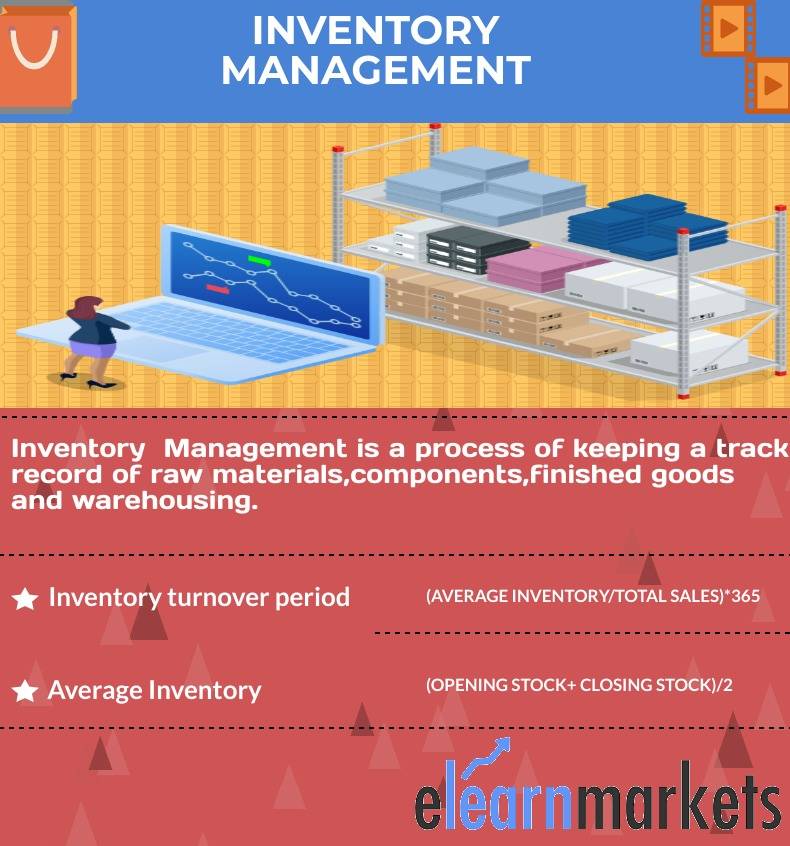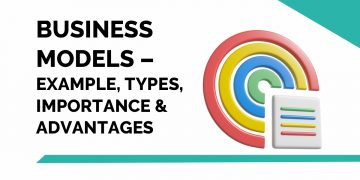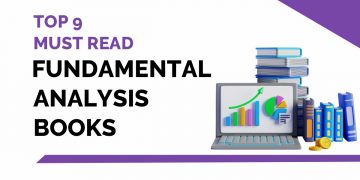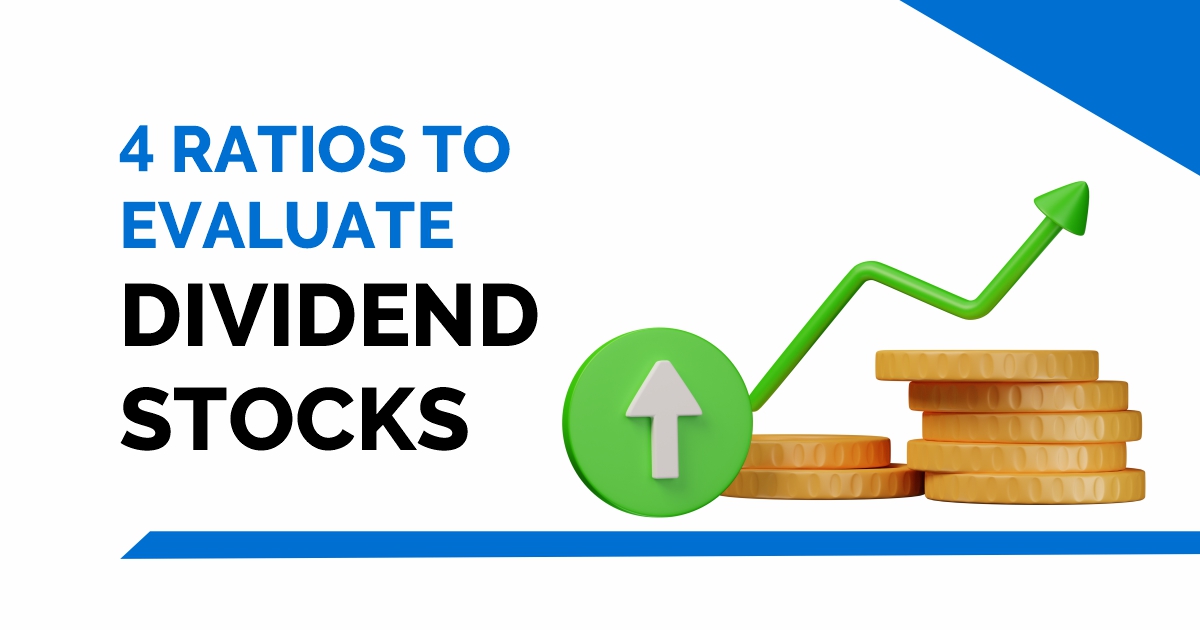| Table of Contents |
|---|
| What is Inventory Management? |
| Inventory Management Example |
| Where do I find Inventory Management? |
| Why Inventory Management is Important? |
| What Is Inventory Turnover Period |
What is Inventory Management?
Companies in order to do business purchases the raw material from the supplier then convert them to new products and then sells them to the customer.
Company needs to keep a track record of the purchases, manufacturing of the goods and sale of the goods.
They even need to keep a track record for the time period the raw materials and the finished goods are kept in the godown of the company.
In accounting terms, these goods that company handles including the raw material are termed as Inventory.
And, keeping a track record for the flow of goods from purchase of the raw material to the sale of finished goods is known as Inventory Management.

Inventory Management Example:
Suppose you have a company named ABL ltd that manufactures chairs.
Each chair that the company manufactures requires 8 different types of plywood and cushion. Company purchases all the raw materials from the supplier. All the purchases are a part of Company’s inventory.
As company turns the raw material into chairs and then sells those chairs then the company’s inventory level changes.
Learn to evaluate a companyCompany Valuation Course by Market Experts
It has to keep a track record of how much each material company has, how many chairs are made and how fast raw materials are turned into chairs, where are all the raw materials kept, how many chairs are sold etc. So this is known as inventory management.
Where do I find Inventory Management?
As inventory management is a track record of the all the details related to finished goods so you can find Inventory under ‘current assets’ in the Balance Sheet.
Why Inventory Management is Important?
Inventory Management is very important for any Company, as it indicates how smoothly company is running its business and how long goods are kept with company.
It gives good indication of the company’s growth potential.
Investor can use the inventory turnover period to check the how much stock a company holds for a period in relation to the scale of the company’s operation.
What Is Inventory Turnover Period ?
It shows how long goods are held by the company on an average.
If this period is larger for the company then it indicates that the company is inefficient and is holding goods for greater number of days in the absence of sales.
This may affect the growth of the company as liquidity is affected due to money being stuck with the Inventory.
Formula:
Inventory turnover period is calculated by dividing the average inventories by the cost of goods sold for the period and multiplying it by 365 days. Most often this ratio is calculated at the year-end when annual reports are prepared.
INVENTORY TURNOVER PERIOD= (AVERAGE INVENTORIES/TOTAL SALES)*365
AVERAGE INVENTORY= (OPENING INVENTORY + CLOSING INVENTORY)/2
Higher turnover period indicates company is keeping goods for larger time and it is having difficulty in selling the product. Thus the company is unable to sell the goods early.
Let us understand this with an example:
Company: KRBL
FY 18 FY19
Inventories (Rs in Cr) 2,462.72 3,129.39
Average Inventory (Rs in Cr) 2,796.05
Total Sales (Rs in Cr) 4,120.49
Days 365
Inventory Turnover Period 247.68
As on March FY2019, under total Assets, inventories are Rs. 3,129 Crs . This results in high Inventory Turnover period of around 248 days. This means the company takes around 248 days to sell all the finished goods.
Impact:
For continuous growth of the business company needs to sell all their finished goods as early as possible.
This is because a higher inventory turnover period affects the growth of the company as cash that is invested in the finished goods will not be recovered early. Thus company also takes time to manufacture more products.
If the company works with short-term borrowing for making goods then the Interest burden also affects the profitability and in the event of rising Inventory days leads to a rise in Borrowing. Keeping a lower inventory turnover period will be better for a company for running the business smoothly and profitably.
Let us understand this with an example:
Company: Chaman lal Setia Exports FY 18 FY19
Inventories (Rs in Cr) 152.03 182.08
Average Inventory (Rs in Cr) 172.05
Cost Of Sales (Rs in Cr) 769.76
Days 365
Inventory Turnover Period 79.21
As on March FY2019, under total Assets, current assets are Rs. 356 Crs out of which Inventories is Rs. 182.08 Cr.
This results in low Inventory Turnover period of around 80 days. This means within 80 days all the finished goods are sold to the customer. This helps the company to recover all the cash that was invested in producing finished goods and again reinvest the cash in producing goods in large scale.
Lower Inventory turnover period helps the company to increase efficiency and cash flow of the company. Inventory Management is a track record of all the details related to finished goods. Company has a lower or a higher Inventory can be ascertained by comparing it to the previous year’s data.
Key Takeaways:
- Inventory Management is a track record of all the details related to finished goods.
- Since it is the details about the finished goods it is not shown in the Profit and loss statement. Instead, Inventory is shown in the Balance sheet under the Current Asset.
- A lower or decreasing Inventory days shows that the company is running the business smoothly and helping the company to sell faster.
- A higher or increasing Inventory days shows that the company is having trouble in selling the finished goods as goods are being kept with the company for a greater number of days. Thus affecting the growth of the company.
Happy Learning!









